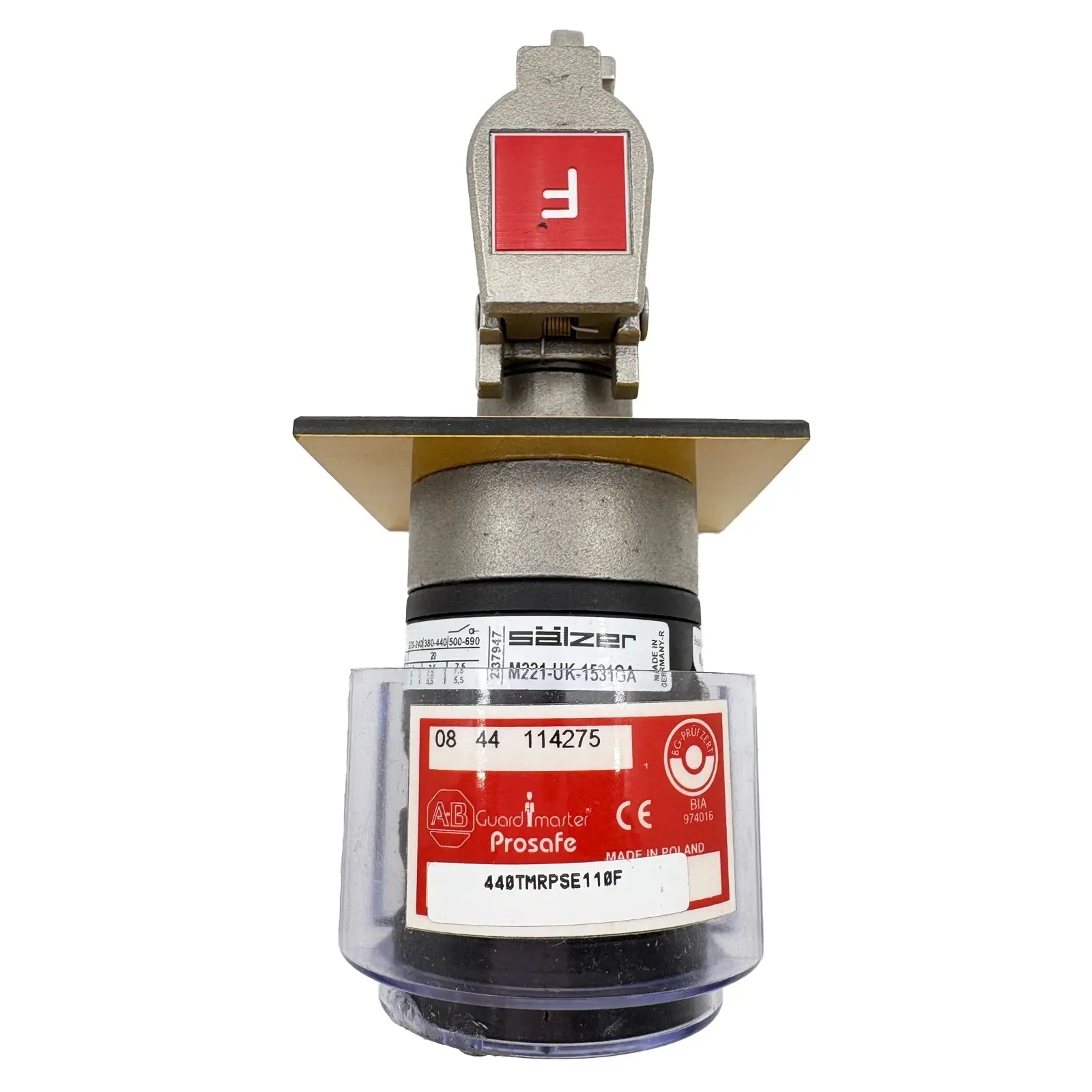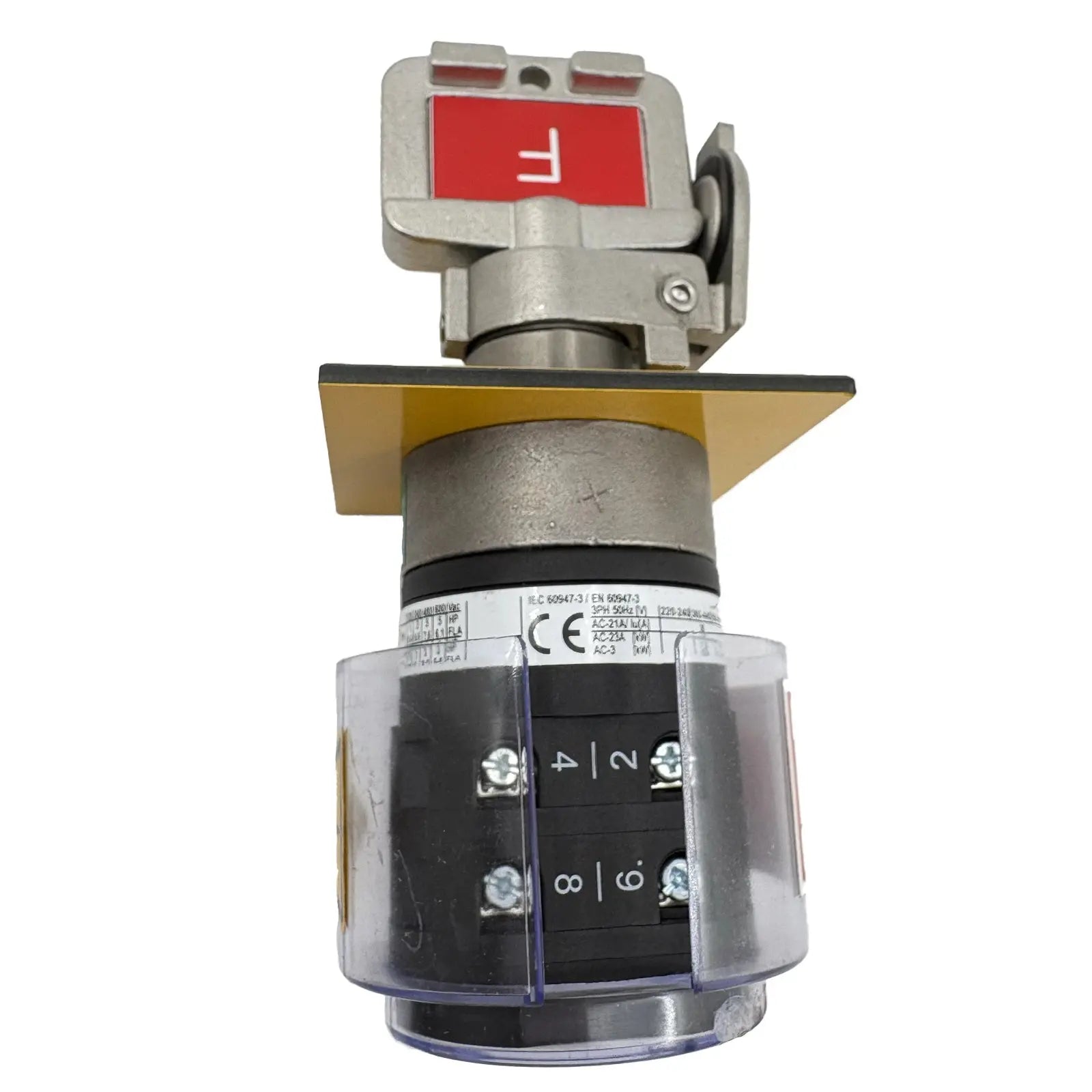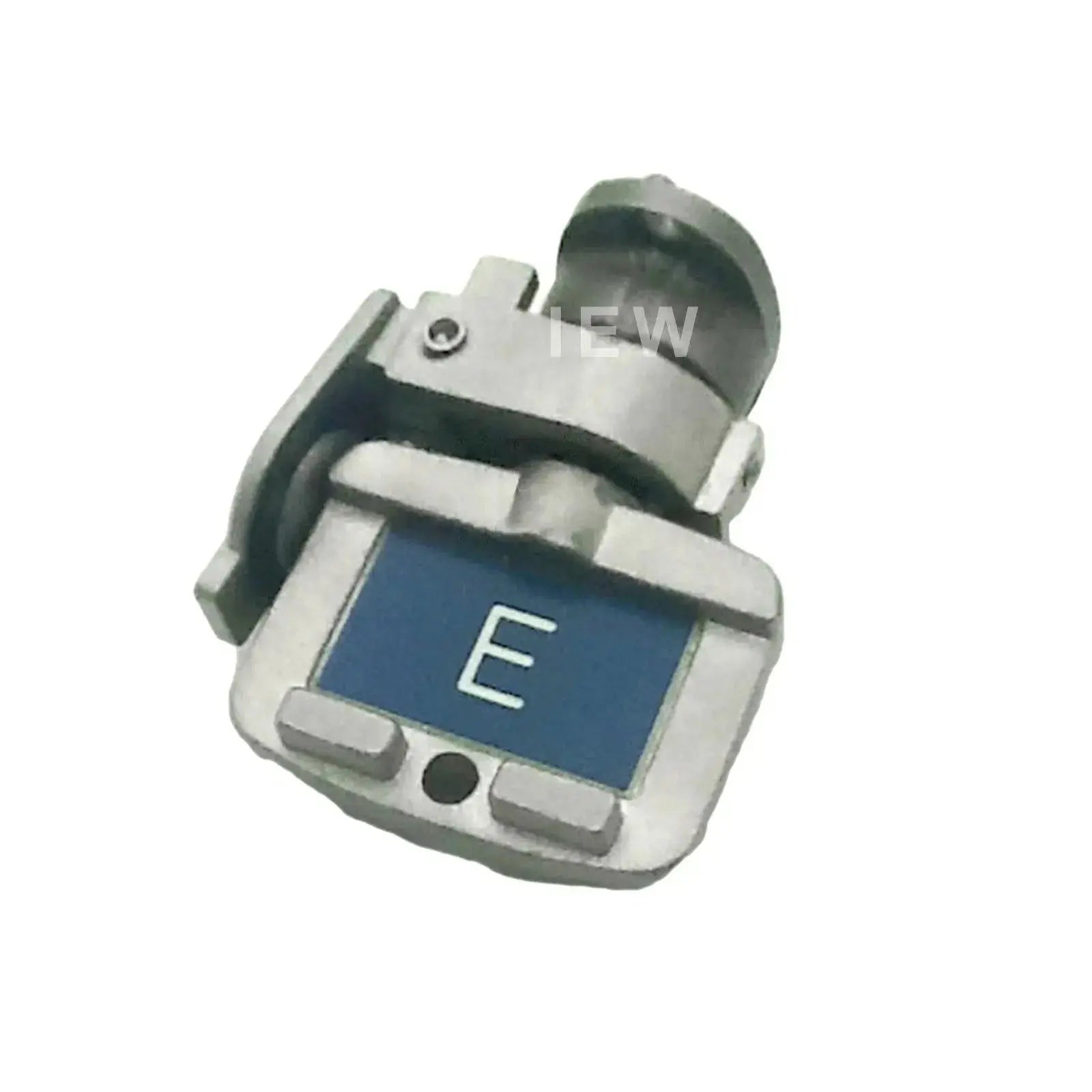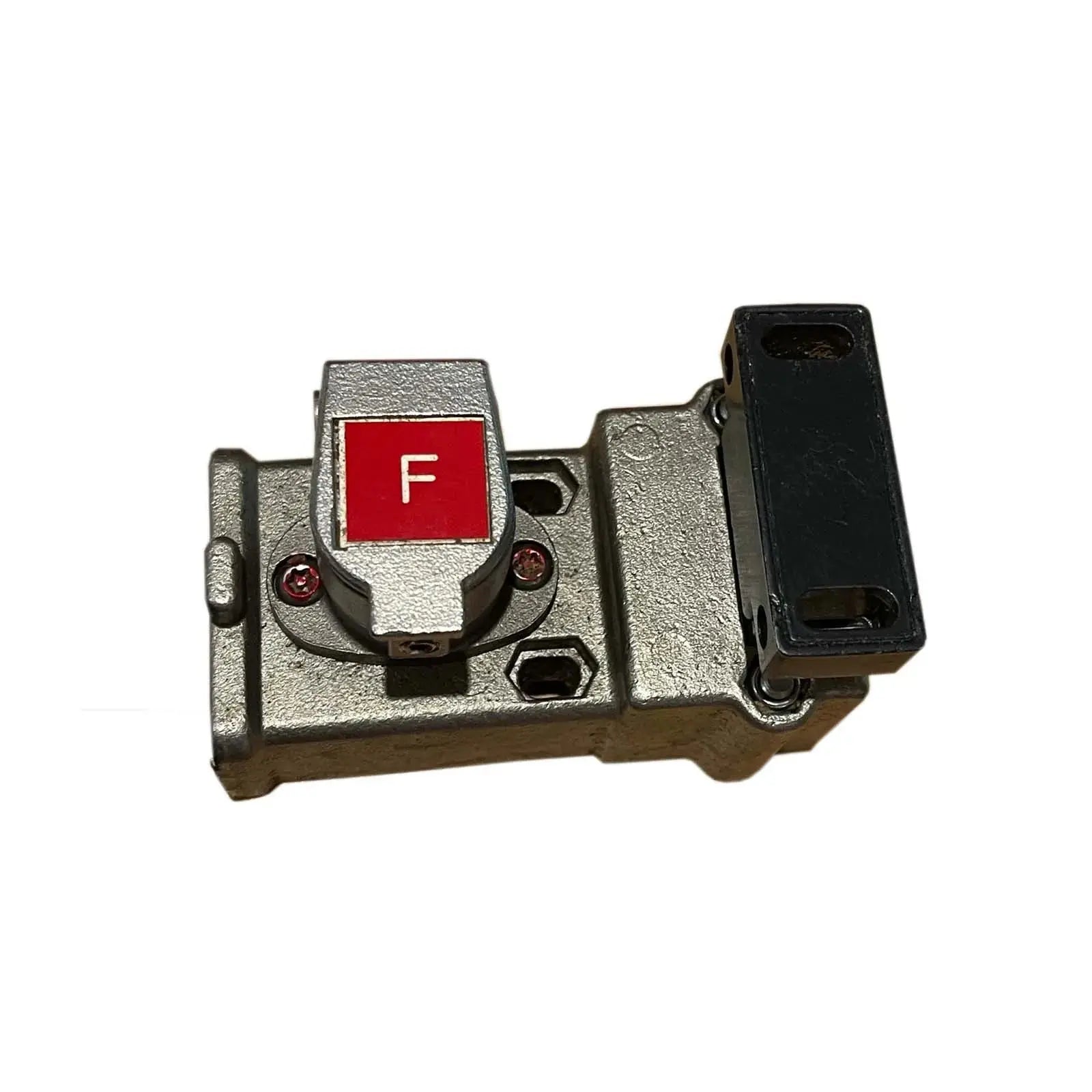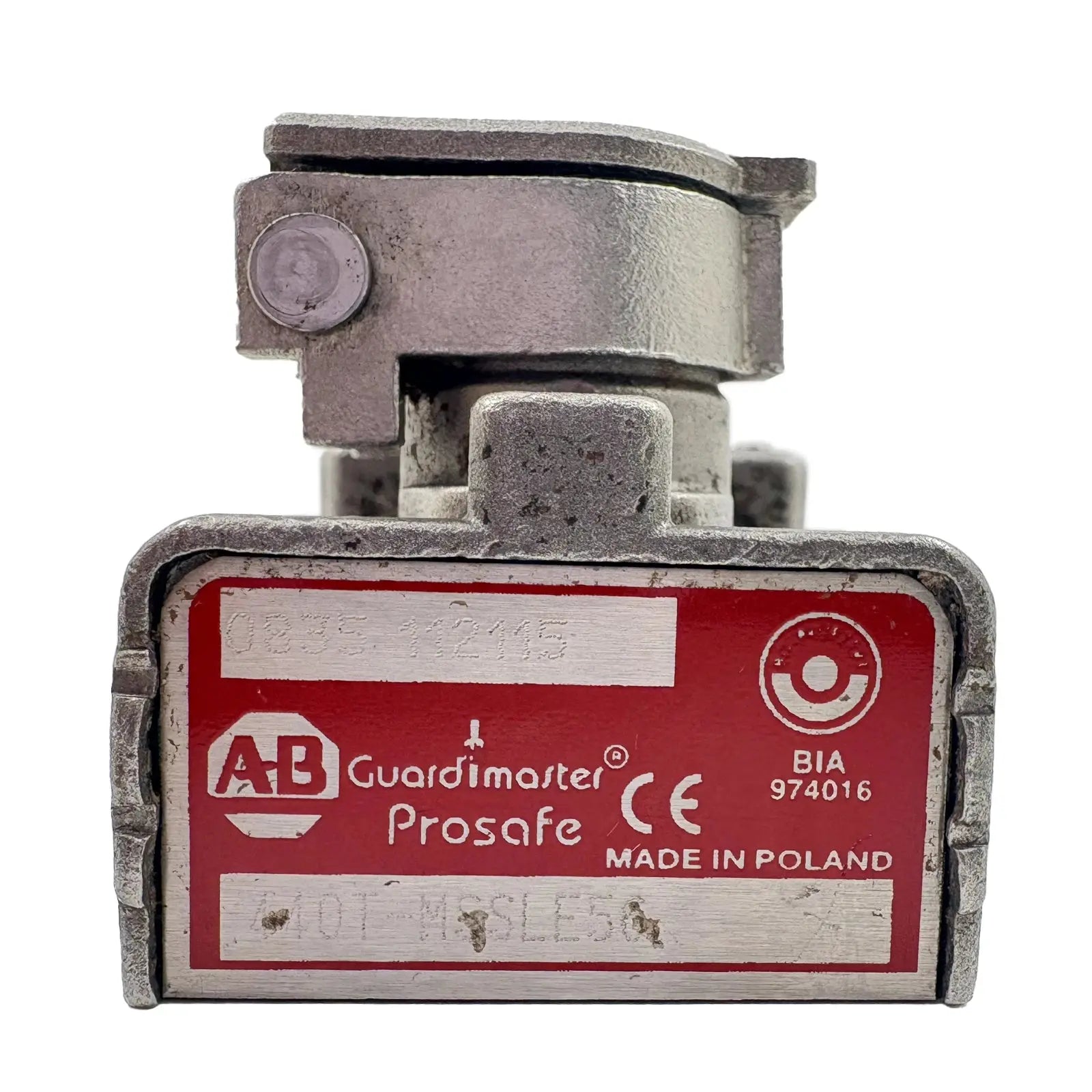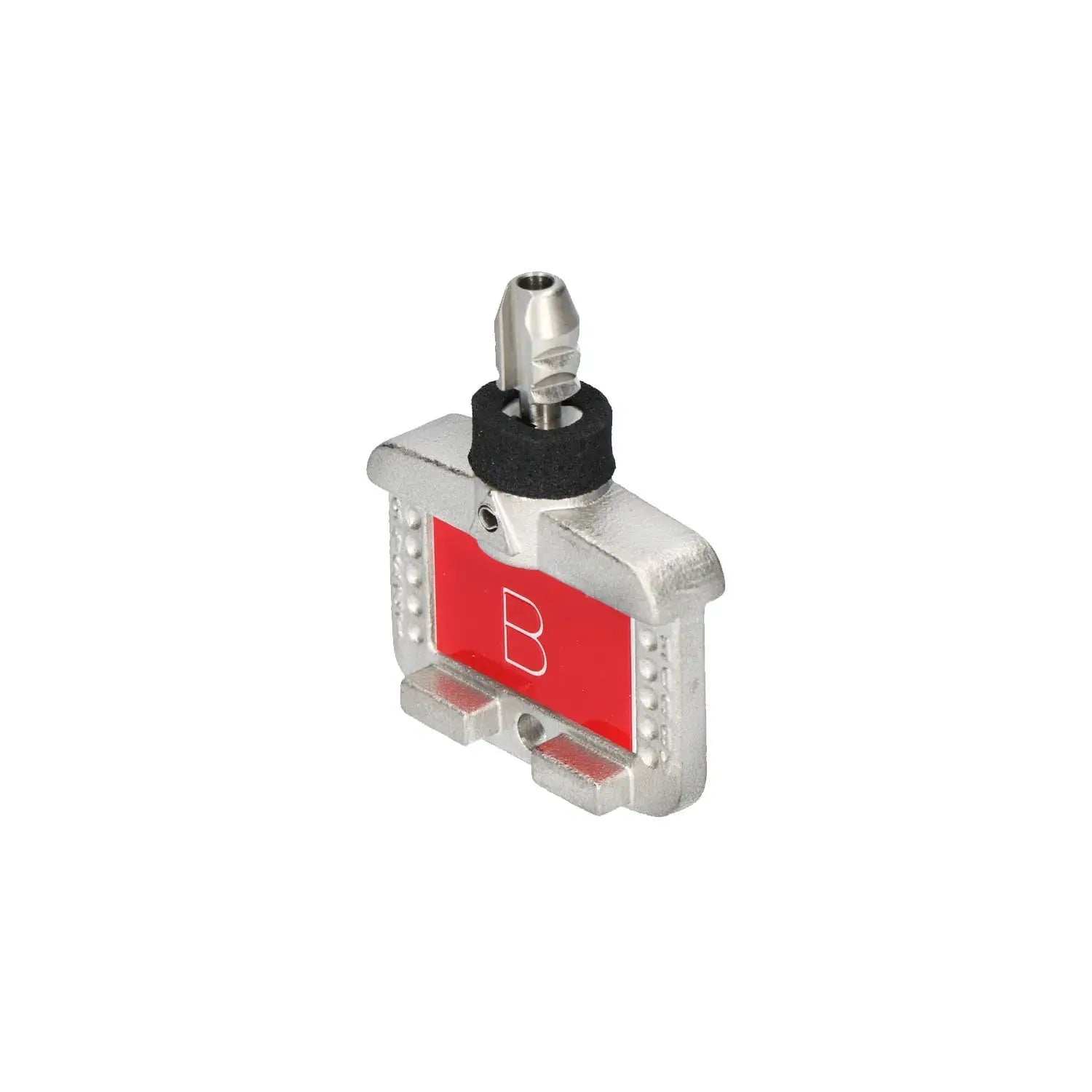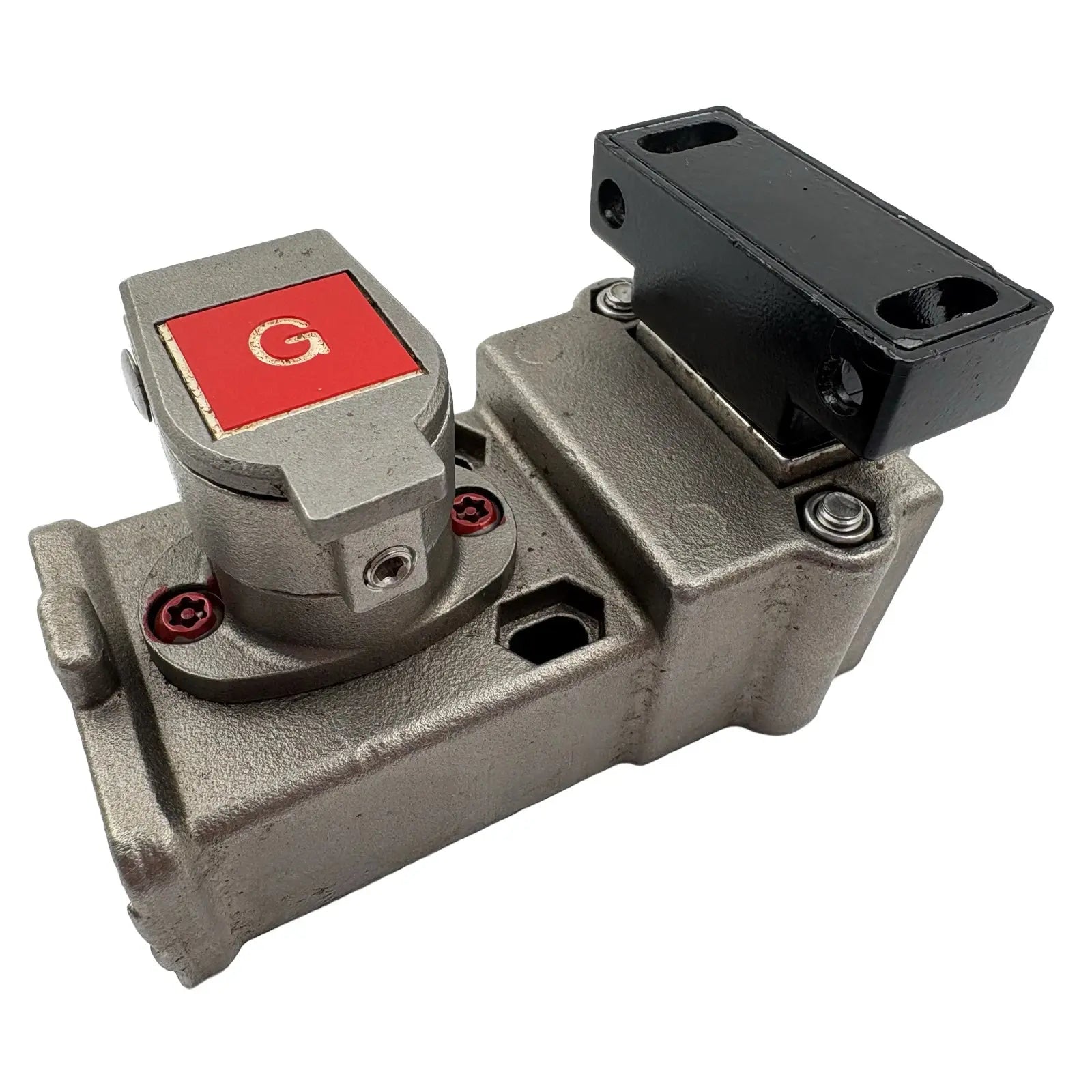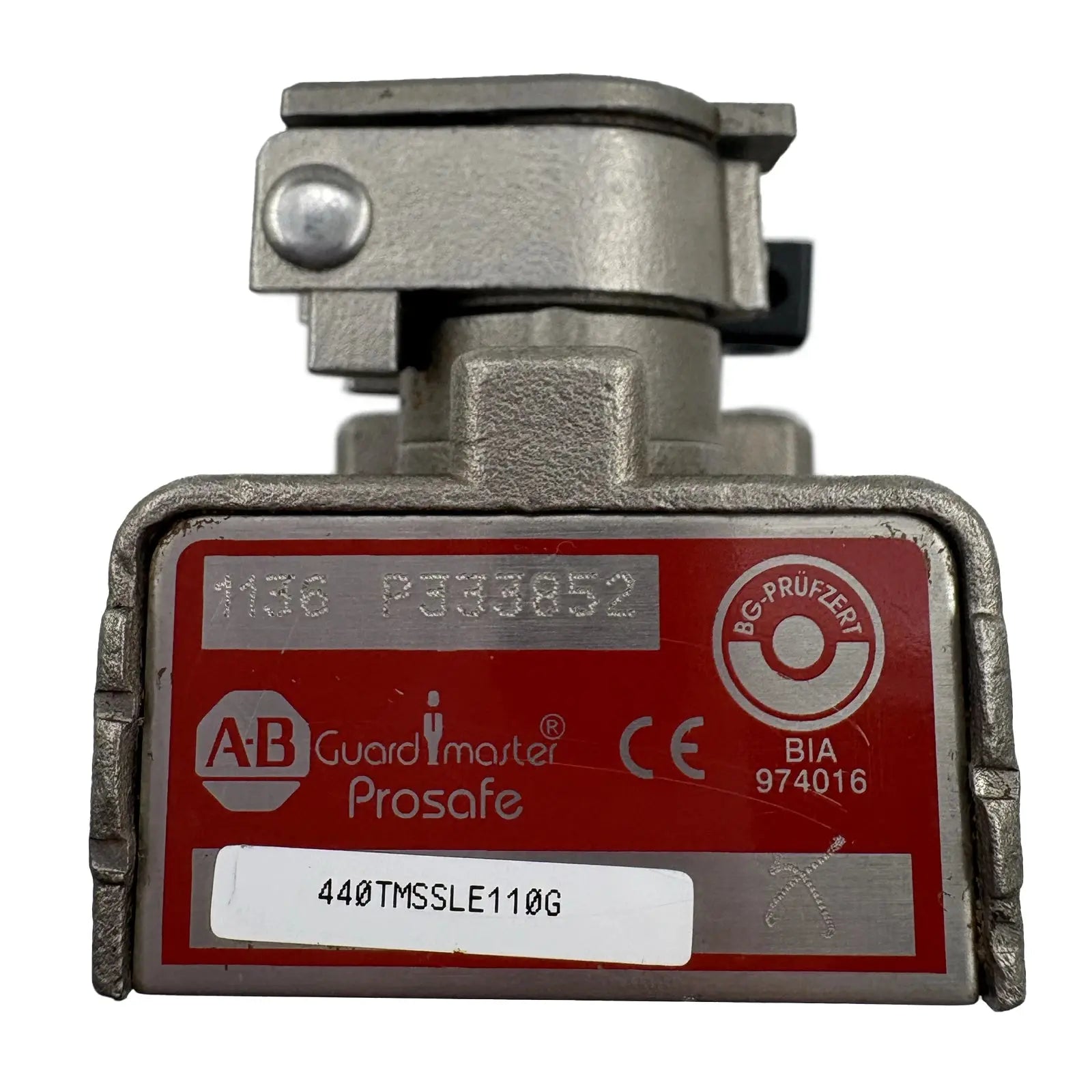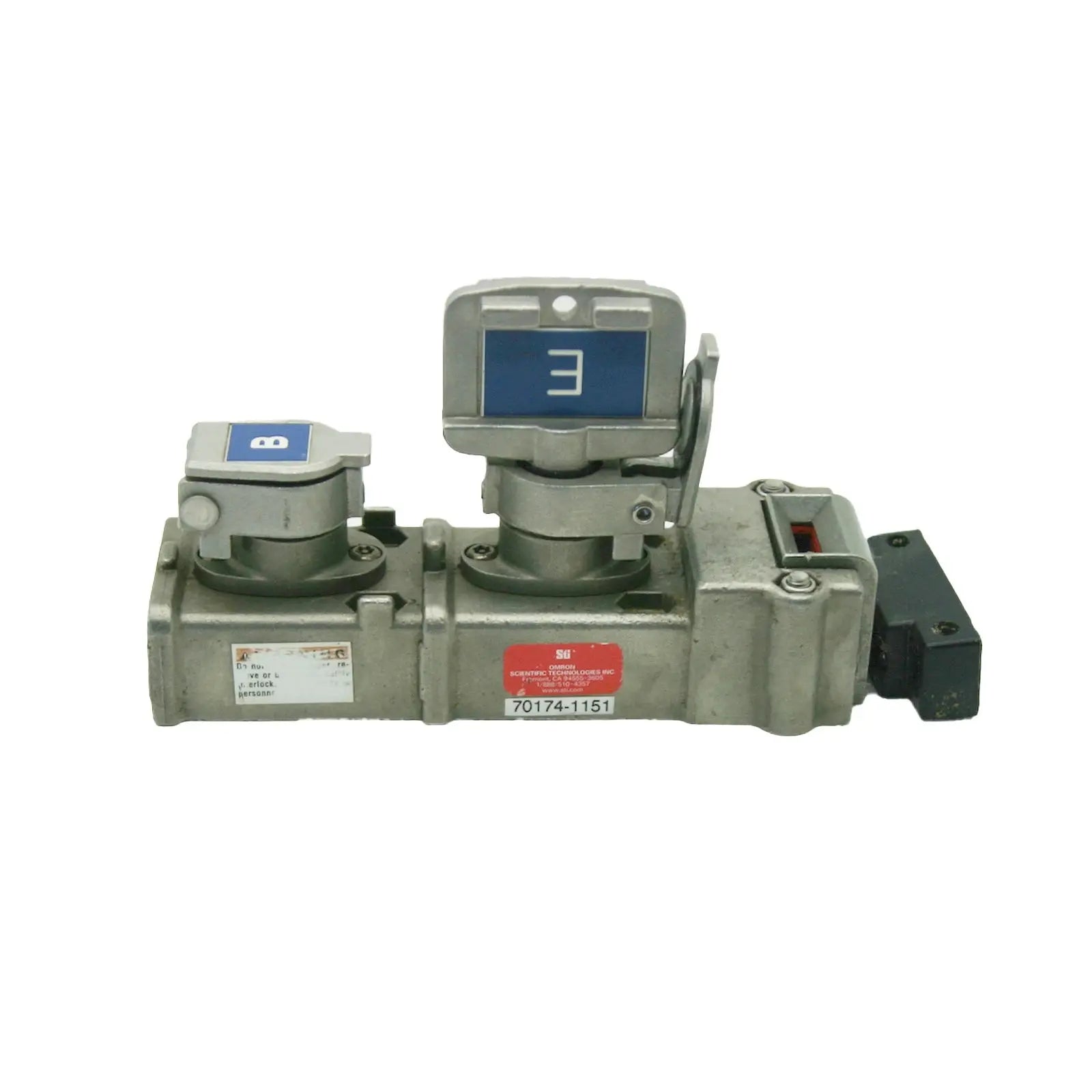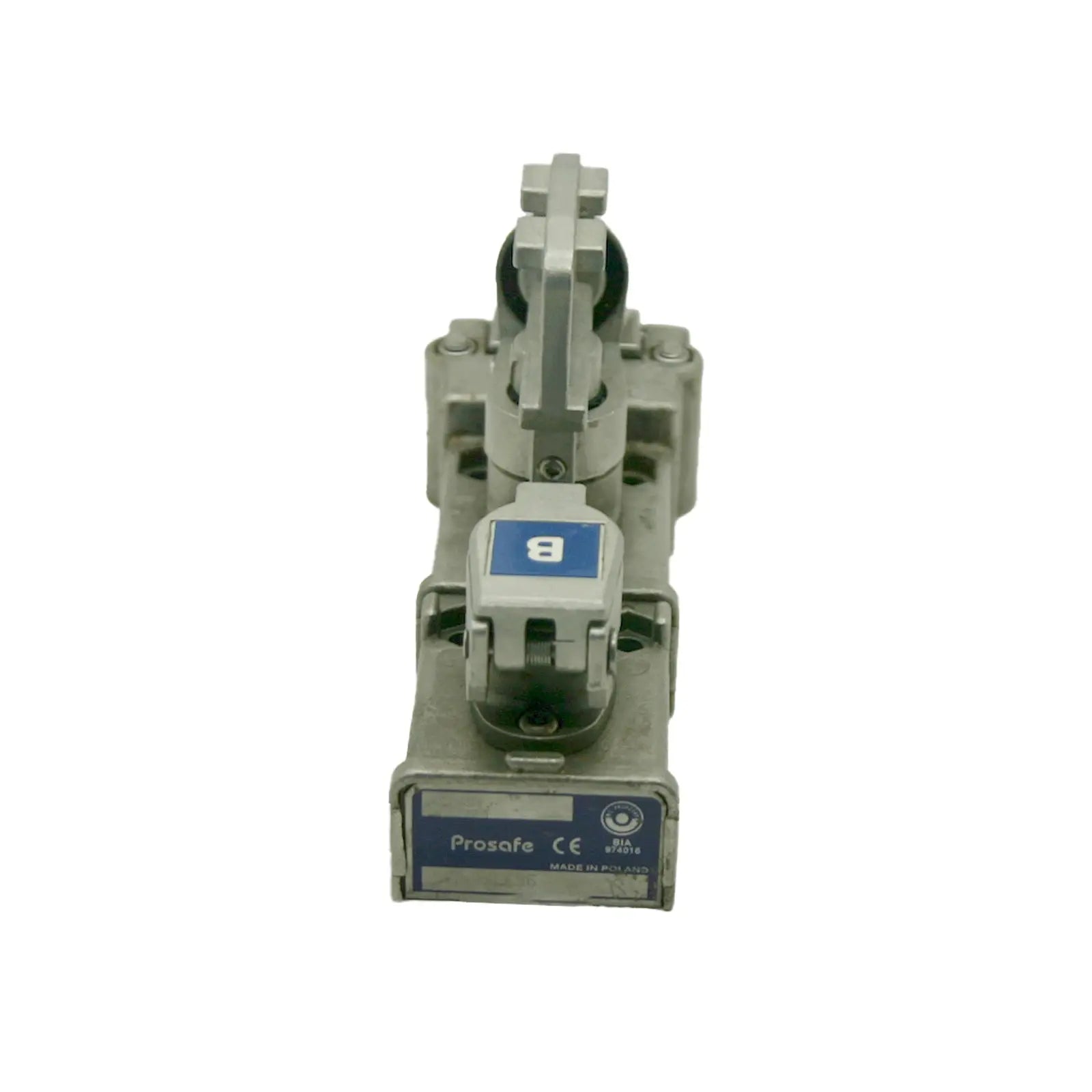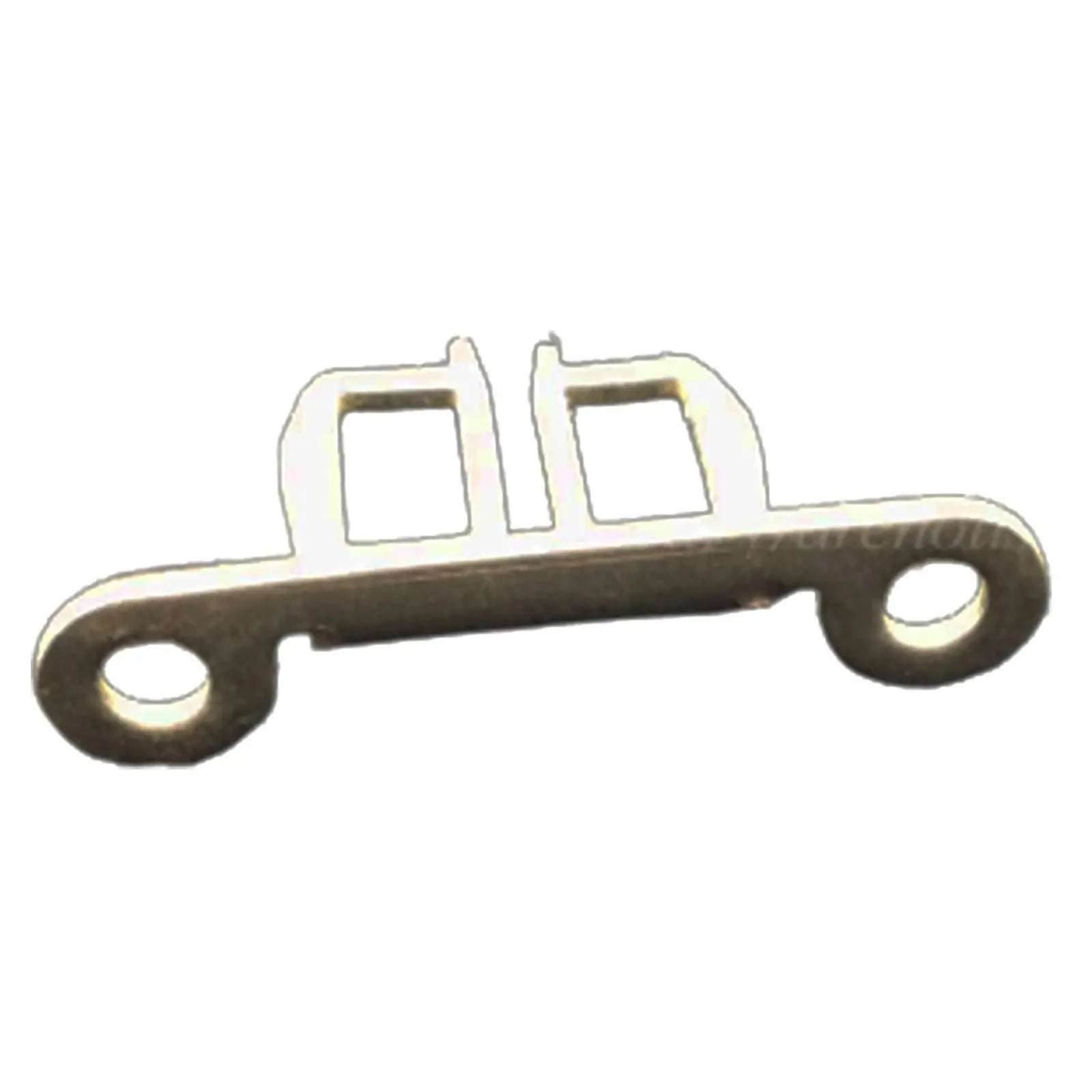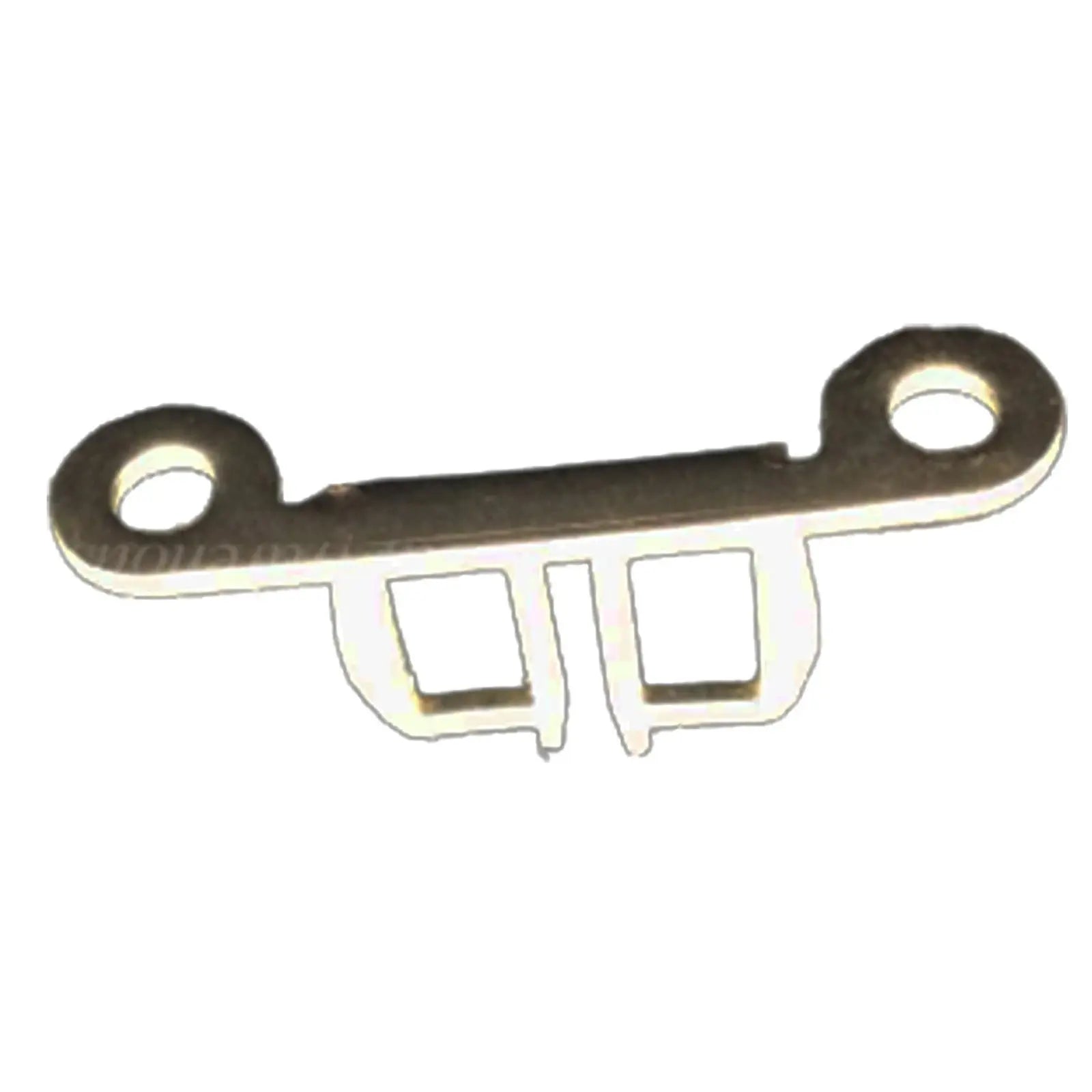Clés piégées : solutions de contrôle d'accès sécurisé
Le contrôle d'accès est un aspect essentiel de la sécurité, et le concept de clés piégées est une solution qui a récemment gagné en popularité. Dans cet article, nous explorerons les différents aspects des clés piégées, leur rôle en matière de sécurité, les différents types de systèmes de clés piégées, leurs avantages et leur mise en œuvre efficace.
Comprendre le concept de clés piégées
Les clés captives constituent une solution unique de contrôle d'accès qui autorise ou refuse l'accès en fonction de la présence ou de l'absence d'une clé. En termes simples, un système de clés captives garantit qu'une clé spécifique ne peut être libérée que lorsque la serrure ou l'équipement connecté est en sécurité, empêchant ainsi tout accès ou toute manipulation non autorisés.
Le principe de base des clés piégées
Le principe fondamental des clés captives repose sur l'idée que certains équipements ou processus doivent suivre une séquence spécifique pour garantir leur sécurité. Les clés liées à ces procédures sont mécaniquement captives, ce qui signifie qu'elles ne peuvent être libérées que dans un ordre prédéterminé. Cette séquence imposée garantit que les étapes critiques ne sont pas ignorées, prévenant ainsi les accidents ou les failles de sécurité.
L'évolution des clés piégées dans le contrôle d'accès
Les clés captives ont beaucoup évolué en termes de progrès technologiques et d'applications. Initialement, de simples systèmes mécaniques étaient utilisés, mais avec les progrès technologiques, des systèmes électroniques de clés captives ont émergé. Ces systèmes électroniques offrent des fonctionnalités améliorées, des capacités de surveillance et des possibilités d'intégration avec d'autres systèmes de sécurité.
L'un des principaux avantages des systèmes de clés électroniques captives réside dans leur capacité à assurer une surveillance et un enregistrement des données en temps réel. Ainsi, chaque fois qu'une clé est libérée ou captive, le système enregistre l'événement, créant ainsi une piste d'audit complète. Cette fonctionnalité renforce non seulement la sécurité, mais permet également aux organisations d'analyser les schémas d'accès et d'identifier les vulnérabilités potentielles de leurs opérations.
De plus, les systèmes de clés électroniques captives s'intègrent parfaitement à d'autres systèmes de sécurité, tels que la vidéosurveillance ou les systèmes d'alarme. Cette intégration permet une solution de sécurité plus complète et cohérente, où les différents composants fonctionnent ensemble pour assurer une protection maximale. Par exemple, lorsqu'une clé est relâchée, le système peut déclencher une caméra pour capturer l'événement, fournissant ainsi une preuve visuelle de l'accès à l'équipement ou à la zone.
Le rôle des clés piégées dans la sécurité
Les clés piégées jouent un rôle essentiel en matière de sécurité, notamment dans les environnements industriels et pour la protection des données. Explorons leur importance dans différents domaines :
Améliorer la sécurité dans les environnements industriels
Dans les environnements industriels où la sécurité opérationnelle est cruciale, les systèmes à clé captive offrent une solution robuste. En appliquant une séquence d'étapes spécifique et en empêchant l'accès lorsque l'équipement n'est pas en état de sécurité, ces systèmes réduisent considérablement les risques d'accidents, d'utilisations non autorisées et de dommages matériels.
Imaginez une usine en pleine effervescence, remplie de machines lourdes et de processus complexes. Dans un tel environnement, l'importance des clés captives devient encore plus évidente. Ces clés agissent comme des gardiens, garantissant que les travailleurs suivent les procédures correctes et respectent les protocoles de sécurité. Chaque clé représente une tâche ou une action spécifique, et elles doivent être utilisées dans un ordre prédéterminé pour déverrouiller l'accès aux zones dangereuses ou permettre le fonctionnement de machines dangereuses.
Par exemple, dans une usine de fabrication équipée d'une grande presse, un système de clé captive obligerait l'opérateur à insérer une clé dans un panneau de commande avant de pouvoir mettre la machine sous tension. Cette clé serait alors captive jusqu'à ce que la machine termine son cycle et revienne à un état sûr. Ce n'est qu'alors que l'opérateur pourrait la récupérer et passer à l'étape suivante. Cette séquence d'événements garantit que la machine ne sera pas démarrée ou utilisée accidentellement sans autorisation, minimisant ainsi les risques de blessures ou de dysfonctionnements de l'équipement.
Clés piégées dans la protection des données
La protection des données est un autre domaine d'application des clés piégées. Face aux préoccupations croissantes en matière de sécurité de l'information, les organisations ont commencé à mettre en place des systèmes de clés piégées pour sécuriser les centres de données, les salles de serveurs et les zones à accès restreint. Ces clés piégées garantissent que seul le personnel autorisé et possédant la clé appropriée peut accéder à ces zones.
Imaginez un centre de données hautement sécurisé, hébergeant des informations sensibles et des infrastructures critiques. Les systèmes à clés captives offrent une protection supplémentaire, garantissant l'accès uniquement au personnel autorisé. Ces systèmes fonctionnent en exigeant que les utilisateurs présentent leur clé à différents points de contrôle répartis dans l'établissement. Chaque clé est codée de manière unique et associée au niveau d'accès de la personne, lui permettant d'accéder à des zones spécifiques en fonction de son niveau d'autorisation.
De plus, les systèmes à clés captives peuvent être intégrés à d'autres mesures de sécurité, telles que des scanners biométriques ou des cartes de contrôle d'accès, créant ainsi un processus d'authentification multifactorielle. Cette combinaison de technologies renforce la sécurité globale de l'installation, rendant extrêmement difficile toute intrusion par des personnes non autorisées.
En mettant en œuvre des systèmes de clés piégées dans la protection des données, les organisations peuvent protéger leurs précieux actifs, prévenir les violations de données et maintenir la confidentialité, l'intégrité et la disponibilité des informations critiques.
Types de systèmes à clés piégées
Les systèmes à clé captive, élément essentiel de la sécurité industrielle, peuvent être classés en deux grandes catégories : les systèmes à clé captive mécaniques et les systèmes à clé captive électroniques. Chaque type possède des caractéristiques et des avantages uniques, répondant à des exigences de sécurité et des besoins opérationnels différents.
Systèmes de clés mécaniques captives
Les systèmes mécaniques à clé captive, comme leur nom l'indique, s'appuient sur des mécanismes physiques pour contrôler l'accès. Ces systèmes sont souvent constitués de dispositifs de verrouillage et de serrures mécaniques qui captent physiquement les clés jusqu'à ce que certaines conditions soient remplies. Leur simplicité et leur efficacité en font un choix populaire dans diverses applications industrielles.
L'un des principaux avantages des systèmes à clé mécanique captive réside dans leur rentabilité. Leur installation et leur entretien sont relativement abordables, ce qui en fait une option intéressante pour les entreprises aux budgets serrés. De plus, leur conception mécanique garantit une grande fiabilité, car ils sont insensibles aux dysfonctionnements électroniques et aux pannes de courant.
De plus, les systèmes à clés mécaniques captives offrent une expérience utilisateur simple et intuitive. La nature physique des clés et des serrures procure un sentiment de sécurité tangible, permettant aux opérateurs de confirmer visuellement l'état du contrôle d'accès. Cette simplicité contribue également à la facilité d'utilisation et réduit le risque d'erreur.
Systèmes de clés électroniques captives
Les systèmes de clés électroniques captives allient les avantages des systèmes mécaniques aux avancées technologiques, offrant une approche plus sophistiquée du contrôle d'accès. Ces systèmes s'appuient sur des contrôleurs électroniques et un logiciel de gestion des clés pour autoriser ou refuser l'accès selon des règles et conditions prédéfinies.
L'un des principaux avantages des systèmes de clés électroniques captives est leur plus grande flexibilité. Leur nature logicielle permet une personnalisation et une adaptation aisées à l'évolution des exigences de sécurité. Les administrateurs peuvent définir des règles d'accès, des restrictions temporelles et gérer facilement les privilèges d'accès de différentes personnes ou groupes.
De plus, les systèmes de clés électroniques captives offrent une évolutivité accrue, ce qui les rend adaptés aux organisations dont les besoins de sécurité sont en constante évolution. Ces systèmes peuvent prendre en charge un grand nombre de clés et d'utilisateurs, garantissant une intégration transparente avec l'infrastructure de sécurité existante. Les options d'intégration avec d'autres systèmes de sécurité, tels que la vidéosurveillance et les systèmes d'alarme, renforcent encore la sécurité globale de l'installation.
Bien que les systèmes de clés électroniques puissent nécessiter un investissement initial plus élevé par rapport à leurs homologues mécaniques, les avantages à long terme et les fonctionnalités avancées qu'ils offrent en font un choix convaincant pour les entreprises à la recherche d'une solution de sécurité complète et adaptable.
Les avantages de l'utilisation de clés piégées
La mise en œuvre de systèmes à clés captives offre plusieurs avantages significatifs. Examinons-en quelques-uns :
Mesures de sécurité améliorées
Les systèmes à clés captives offrent un niveau de sécurité supplémentaire et garantissent l'exécution sûre et contrôlée des tâches critiques. En empêchant les accès non autorisés et en appliquant des séquences prédéfinies, ces systèmes réduisent considérablement les risques d'accident et atténuent les dangers potentiels.
Imaginez une usine où des ouvriers manipulent des machines lourdes. Grâce à des systèmes à clé captive, seul le personnel autorisé peut accéder au panneau de commande. Cela empêche les personnes inexpérimentées ou non autorisées de démarrer accidentellement les machines, protégeant ainsi les ouvriers et les équipements de tout danger potentiel. De plus, les systèmes à clé captive permettent de respecter une séquence d'opérations spécifique, garantissant ainsi l'exécution correcte des tâches potentiellement dangereuses, renforçant ainsi les mesures de sécurité.
Solution de sécurité rentable
Comparés à d'autres solutions de contrôle d'accès, les systèmes à clé captive sont souvent plus économiques. Ils nécessitent un entretien minimal et offrent des performances durables et fiables. De plus, leur nature mécanique réduit la dépendance à des composants électroniques complexes, ce qui les rend adaptés aux environnements industriels exigeants.
Les systèmes de contrôle d'accès électroniques traditionnels peuvent être coûteux à installer et à entretenir. Ils nécessitent souvent des mises à jour logicielles régulières et peuvent être vulnérables aux cybermenaces. En revanche, les systèmes à clé captive sont simples et robustes, composés de composants mécaniques moins sujets aux pannes. Cela permet non seulement de réduire les coûts de maintenance, mais aussi de garantir une solution de sécurité fiable, capable de résister à des conditions difficiles, telles que des températures extrêmes ou une exposition à la poussière et aux débris.
De plus, les systèmes à clés captives permettent de réaliser des économies à long terme en éliminant la nécessité de dupliquer les clés ou de reprogrammer les cartes d'accès. Une fois la clé captive, elle ne peut être libérée qu'en effectuant la séquence d'opérations requise, empêchant ainsi toute duplication ou utilisation frauduleuse.
Mise en œuvre de systèmes de clés piégées
Lors de la mise en œuvre de systèmes à clés captives, plusieurs facteurs doivent être pris en compte pour garantir une efficacité optimale. Examinons-en quelques-uns :
Facteurs à prendre en compte lors du choix d'un système de clé captive
Les principaux éléments à prendre en compte sont les exigences spécifiques de l'application, le niveau de sécurité requis, la facilité d'intégration aux systèmes existants et l'évolutivité pour une expansion future. Collaborer avec des experts du secteur et mener des évaluations approfondies vous aidera à identifier le système de clés captives le plus adapté à votre organisation.
Un facteur important à prendre en compte est le niveau de personnalisation requis. Les systèmes à clés captives peuvent être adaptés aux besoins spécifiques de différents secteurs et applications. Par exemple, dans les environnements hautement sécurisés tels que les centrales nucléaires ou les installations militaires, le système peut nécessiter l'intégration de fonctionnalités avancées comme l'authentification biométrique ou des mécanismes de déverrouillage à double clé.
Un autre facteur à prendre en compte est la compatibilité du système à clé captive avec les systèmes de contrôle d'accès existants. L'intégration à d'autres mesures de sécurité, telles que les serrures électroniques ou les systèmes d'alarme, peut améliorer la sécurité globale de l'organisation. Il est essentiel de choisir un système à clé captive capable de s'intégrer parfaitement à ces systèmes existants pour garantir un fonctionnement fluide et efficace.
Installation et maintenance des systèmes à clés captives
Une installation correcte et un entretien régulier sont essentiels pour garantir le fonctionnement continu et fiable des systèmes à clé captive. Des inspections régulières, une lubrification et des mesures de maintenance préventive doivent être mises en œuvre pour maximiser la durée de vie et l'efficacité du système.
Lors de l'installation, il est important de suivre les directives et recommandations du fabricant. Cela inclut l'alignement correct des rainures de clavette, le positionnement correct des dispositifs de verrouillage et la vérification du fonctionnement du système avant sa mise en service. Tout écart par rapport aux instructions d'installation peut compromettre la sécurité et l'efficacité du système à clé captive.
Un entretien régulier doit inclure des inspections périodiques pour identifier tout signe d'usure ou de dommage. La lubrification des pièces mobiles, telles que les serrures et les mécanismes de verrouillage, est essentielle pour éviter les frottements et garantir un fonctionnement fluide. De plus, la mise en place d'un programme de maintenance préventive peut aider à identifier et à résoudre tout problème potentiel avant qu'il ne dégénère en problèmes majeurs.
En conclusion, les systèmes à clés captives offrent des solutions de contrôle d'accès efficaces et sécurisées. En comprenant le concept, en explorant leur rôle en matière de sécurité, les différents types, les avantages associés et les considérations de mise en œuvre, les organisations peuvent prendre des décisions éclairées et améliorer leur sécurité globale.
Besoin de commandes en gros ou de recommandations d'experts sur SCR-B-TK ?
Vous souhaitez commander des SCR-B-TK en gros ou avez besoin d'aide pour choisir la solution industrielle idéale ? Notre équipe est là pour vous aider avec des devis personnalisés, des recommandations de produits et des conseils techniques. Que vous soyez électricien, entrepreneur ou chef d'entreprise, nous proposons des solutions sur mesure pour répondre à vos besoins.
📩 Contactez-nous ou discutez avec nous en direct pour une assistance instantanée !
Découvrez notre collection mensuelle d'offres de folie !
Profitez de réductions exceptionnelles dans notre magasin ! Découvrez les meilleures offres :
Explorez ces catégories maintenant et profitez des meilleures offres avant qu'elles ne disparaissent !
-
Tous les produits de notre gamme – Des produits de qualité supérieure sélectionnés avec soin pour vous.
-
Meilleures ventes – Articles préférés des clients et articles très demandés.
-
Offres spéciales et soldes Watts – Remises à durée limitée sur des produits incontournables.
-
Watts New – Nouveautés et dernières innovations.
-
Toutes les collections – Explorez tout ce que nous avons à offrir.
Explorez ces catégories maintenant et profitez des meilleures offres avant qu'elles ne disparaissent !
N'oubliez pas de consulter nos remises massives jusqu'à épuisement des stocks !


